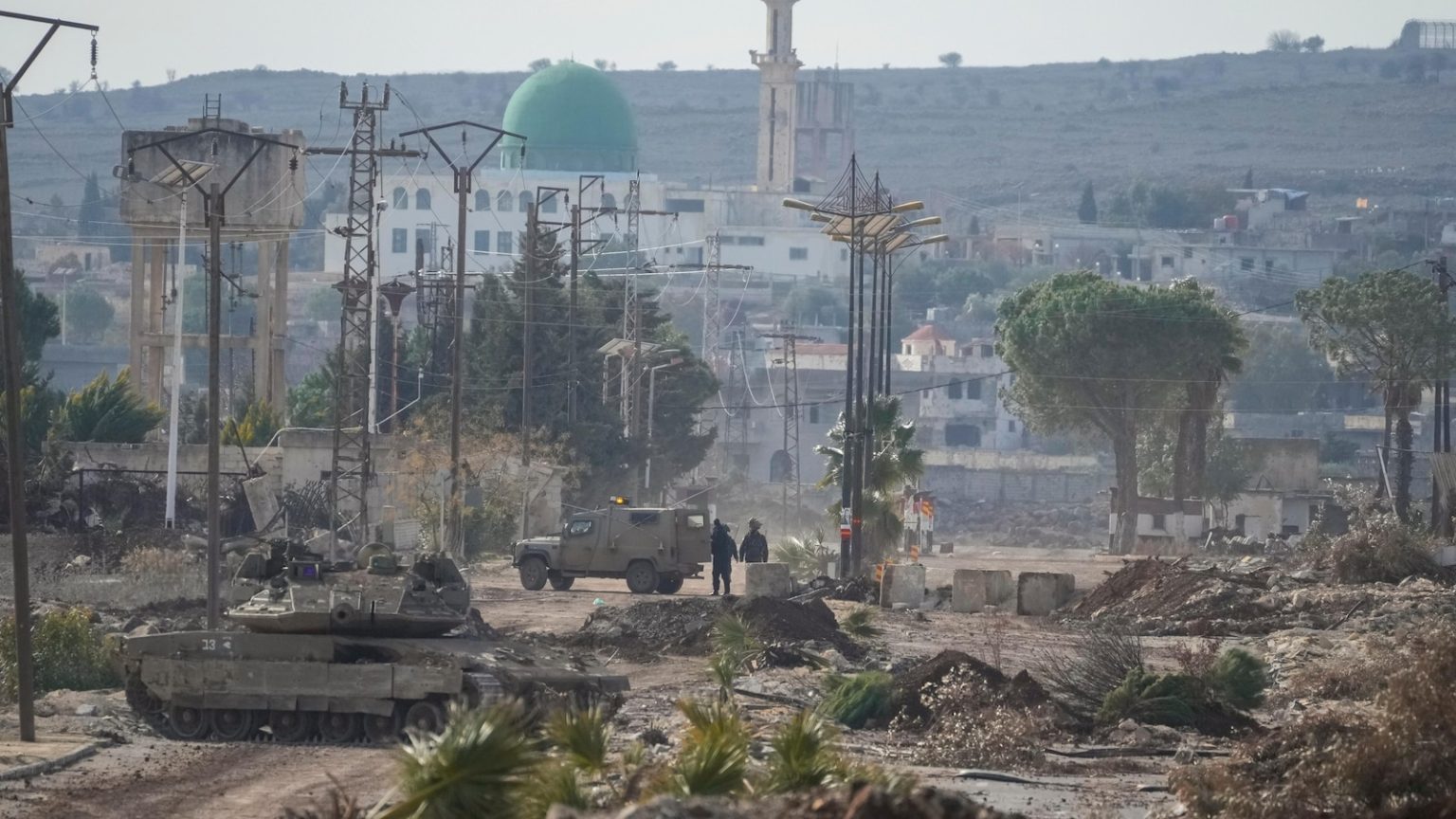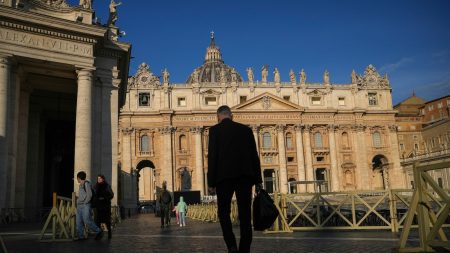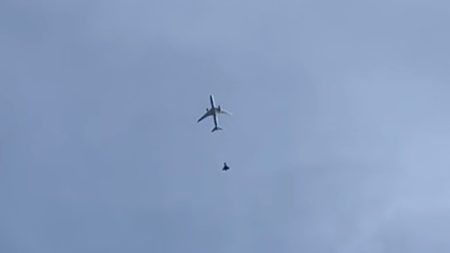Israel’s Strategic Positioning in Southern Syria: A Complex Web of Interests
1. Introduction
Israel’s recent assertive stance in southern Syria, under Prime Minister Benjamin Netanyahu, reflects a strategic move to secure its borders and protect key interests in a volatile region. Netanyahu’s declarations about preventing hostile groups from nearing the Golan Heights underscore a broader strategy involving security, diplomacy, and historical ties.
2. The Players and Provinces Involved
Netanyahu specifically mentioned preventing the new Syrian army and Hayat Tahrir al-Sham (HTS), a former rebel group, from entering southern Damascus. This focus on provinces like Quneitra, Daraa, and Suwayda highlights Israel’s concern over influence near its borders, particularly the Golan Heights, a strategic and contested territory.
3. The Druze Community: A Strategic Ally
The Druze, a religious minority living in both Syria and Israel, are central to Netanyahu’s strategy. By emphasizing their protection, Israel not only addresses security concerns but also strengthens ties with a community that straddles Syrian and Israeli identities, potentially leveraging this for strategic influence.
4. Military Presence and Strategic Locations
Defense Minister Israel Katz revealed plans for a long-term Israeli military presence on Mt. Hermon and in a buffer zone. This strategic location offers surveillance advantages and logistical control, critical for monitoring and responding to regional threats. Establishing military posts signals a commitment to maintaining a robust defense and deterrence.
5. Diplomatic Fallout and Historical Context
Israel’s occupation of the UN buffer zone, established in 1974, has drawn criticism. Syria and the UN call for withdrawal, highlighting potential diplomatic tensions. Historically, such buffer zones have been contentious, with precedents in regional conflicts informing current strategies and responses.
6. Regional Implications and Future Prospects
The situation is fraught with regional implications, affecting relations with Syria, the UN, and other powers. Domestic pressures within Israel, particularly from northern communities, shape Netanyahu’s policies, blending security concerns with political strategy. The Druze community’s stance, while complex, adds layers to Israel’s approach, balancing protection with strategic alliances.
7. Conclusion
Israel’s actions in southern Syria encapsulate a multifaceted strategy to secure borders, protect allies, and maintain regional influence. The interplay of security needs, historical ties, and diplomatic maneuvering positions this issue as a critical point of contention, with potential for both escalation and nuanced resolution. As the region evolves, monitoring these dynamics will remain crucial for understanding broader geopolitical shifts.















